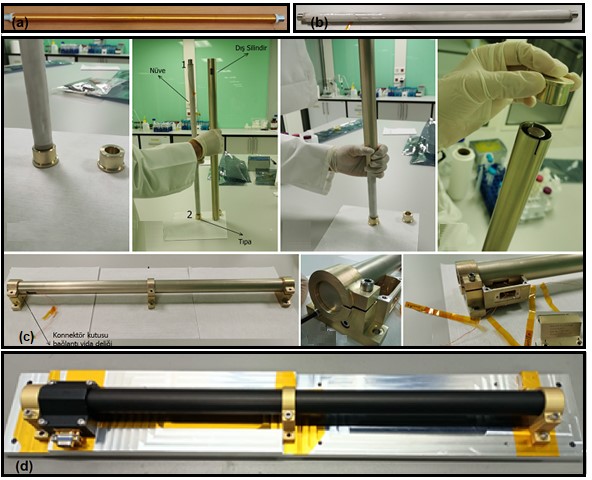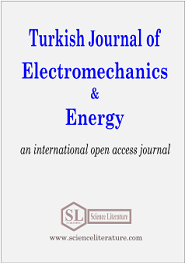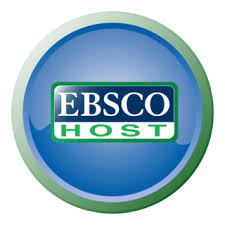
Development and critical design of magnetic torque rod for low earth orbit satellites
Abstract
A magnetic torque rod represents an effective means of generating torque for satellite orientation by interacting with Earth's magnetic field. In the dynamic realm of Low Earth Orbit (LEO) satellite systems, precise position control plays a crucial role in the successful execution of a satellite's mission. The insights gained from this study contribute to enhancing the precision, reliability, and diversity of LEO satellite missions, thereby opening doors for new scientific discoveries and technological advancements in Earth observation and beyond. This study delves into critical considerations such as material selection, structural integrity, power consumption and heat management, providing a detailed examination of the fundamental principles behind magnetic torque rod production. To ensure the effectiveness of the torque rod, the design is tailored to the specific dimensions, weight, and power constraints of satellite systems. The designed torque rod possesses a magnetic dipole moment of larger than ± 60 A.m² and consumes just ~2.6 Watts of power. Furthermore, it demonstrates the ability to adapt to satellite technology advancements with an operational temperature range of -50°C to +85°C.
Full Text:
PDFReferences
T. Bak, “Spacecraft attitude determination: a magnetometer approach,” Ph.D. Thesis, Aalborg Univ., Aalborg, Denmark, 1999.
H. Can, and U. Topal, “Design of ring core fluxgate magnetometer as attitude control sensor for low and high orbit satellites,” J. Supercond. Novel Magnetism, vol.28, pp. 1093-1096, 2015.
ECSS, Space environment Standard, Document Number: ECSS-E-ST-10-04C, Noordwijk, Netherlands, 15 June 2020.
Å. Forslund, S. Belyayev, N. Ivchenko, G. Olsson, T. Edberg, and A. Marusenkov, “Miniaturized digital fluxgate magnetometer for small spacecraft applications,” Meas. Sci. Technol., vol. 19, pp. 015202, 2008.
J. Lee, A. Ng, and R. Jobanputra “On determining dipole moments of a magnetic torquer-experiments and discussions,” Canadian Aeronautics and Space Journal, 48(1), pp. 61-67, 2002.
E. Kulu, "Small launchers-2021 industry survey and market analysis," 74th International Astronautical Congress (IAC 2023), Baku, Azerbaijan, 2-6 October 2023.
A. R. Graham, and J. Kingston, “Assessment of the commercial viability of selected options for on-orbit servicing (OOS),” Acta Astronautica, vol. 117, pp. 38-48, 2015.
M. F. Mehrjardi, and M. Mirshams, “Experimental evaluation of a magnetic torquer rod using an innovative test system,” Proc. SPIE 7522, Fourth international conference on experimental mechanics, 75221X-2, 2009, Singapore.
NASA Goddard Space Flight Centre, [Online], Available: https://nasasearch.nasa.gov/search?query=ADCS+magnetometer&affiliate=nasa&utf8=%E2%9C%93. [Accesed 27 Oct. 2017].
D. Norte, “Magnetic noise calculations in the presence of three torque rods for spacecraft applications,” IEEE Symposium on Electromagnetic Compatibility and Signal/Power Integrity, pp. 237, USA, 12 September 2023.
A. Phanse, “Design, implementation and comparison of power electronic circuits for current control through 3-torquer coils in a Satellite,” IEEE International Conference on Power Electronics and Drive Systems, Toulouse, France, 2019.
O. Gürdoğan, A. E. Aydın, S. C. Başaran, “Multilayered implantable antenna design for biotelemetry communication,” Turk. J. of Electromec. Energy, 3(1), pp. 27-30, 2018.
Keithley Corp., “Programmable Current Source 220,” Data Sheet, [Online], Available: https://www.testequipmenthq.com/datasheets/KEITHLEY-220-Datasheet.pdf, [Accesed: March 14, 2024]
Lake Shore Cryotronics, Inc., "Lakeshore model 450 gaussmeter," User’s Manual (P/N 119-005), 13 September 2005, [Online], Available: https://www.lakeshore.com/docs/default-source/product-downloads/450_manual.pdf?sfvrsn=76ed6fcf_1 [Accesed: March 14, 2024].
URN: https://sloi.org/urn:sl:tjoee91301
Copyright (c) 2024 Turkish Journal of Electromechanics and Energy

This work is licensed under a Creative Commons Attribution-NonCommercial 4.0 International License.

 Indexed in:
Indexed in:
















